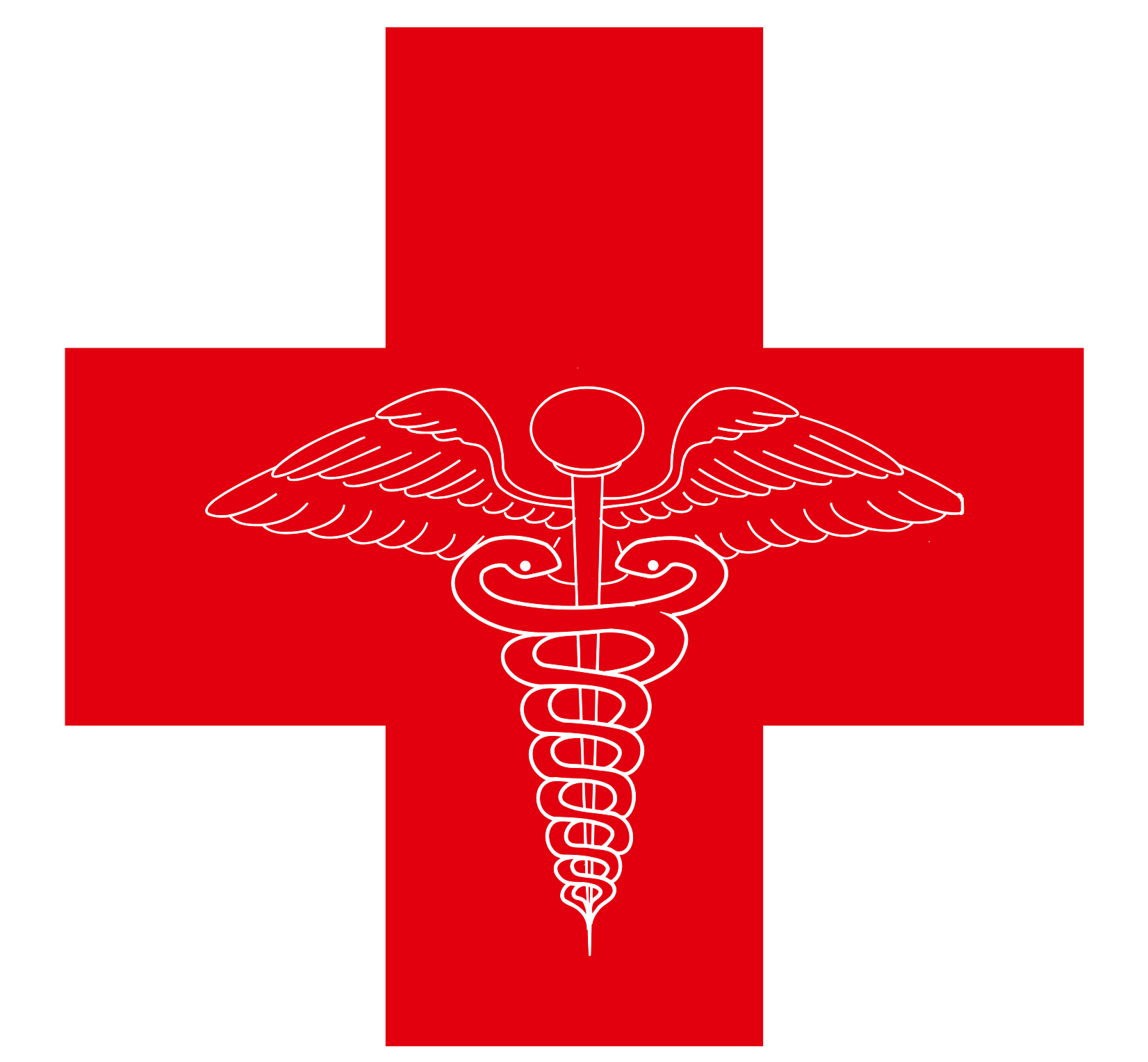Dyslipidaemia is characterized by abnormal blood lipid (fat) levels. Among these fats are:
High levels of low-density lipoproteins (LDL), sometimes referred to as "bad" cholesterol, can cause plaque to accumulate in your blood vessels.
High-Density Lipoproteins (HDL): Also referred to as "good" cholesterol, HDL aids in the elimination of harmful cholesterol from the blood.
Another form of fat that can raise your risk of heart disease is triglycerides.
Having high cholesterol usually indicates high triglyceride and low-density lipoprotein levels. Although lipids are necessary for energy and proper cell function, consuming too much of the wrong sort can be harmful to your health.
Atherosclerosis, or the constriction and hardening of the arteries, heart attacks, strokes, and other conditions can all be made more likely by an increase in low-density lipoprotein (LDL).
Signs and Recognition Peripheral Artery Disease (PAD):
This condition can produce symptoms like dyspepsia, heart palpitations, dizziness, and swelling in the limbs.
It can also cause leg pain, especially when walking.
Speak with your doctor if you have any of these symptoms.
To assist control your cholesterol levels and lower your chance of developing major health problems, they can suggest medication or lifestyle modifications.
To monitor and sustain good health, routine examinations and blood tests are necessary.
The majority of people with dyslipidaemia don't show any symptoms until their illness gets worse.
Standard blood tests are commonly performed to detect it as a result.
Severe dyslipidaemia can cause:
Heart attacks, dyspnea, and chest pain are all possible signs of coronary artery disease (CAD).
Genetic causes are
Familial mixed hyperlipidaemia,
Familial hyperapobetalipoproteinemia,
Familial hypertriglyceridemia, and
Homozygous familial hypercholesterolemia is the source of primary dyslipidaemia, which is inherited.
The cause of secondary dyslipidaemia is lifestyle related. Diabetes, metabolic syndrome, hypothyroidism, polycystic ovarian syndrome, Cushing's syndrome, inflammatory bowel disease, severe infections, and abdominal aortic aneurysms are among the common causes.
Preventive measures and risk factors
Several factors, such as obesity, a sedentary lifestyle, irregular exercise, alcohol and tobacco use, and illegal drug use, raise the chance of de Changes to one's lifestyle can involve cutting back on unhealthy fats, getting more exercise,
keeping a healthy weight, drinking less alcohol, giving up smoking, and consuming enough water, dietary fibre, omega-3 supplements, and good fats.
A mix of medicine and lifestyle modifications is frequently needed to manage dyslipidaemia, especially in severe cases or in people with co-occurring medical disorders.
Schedule a cholesterol screening today and take the first step towards a healthier heart."




